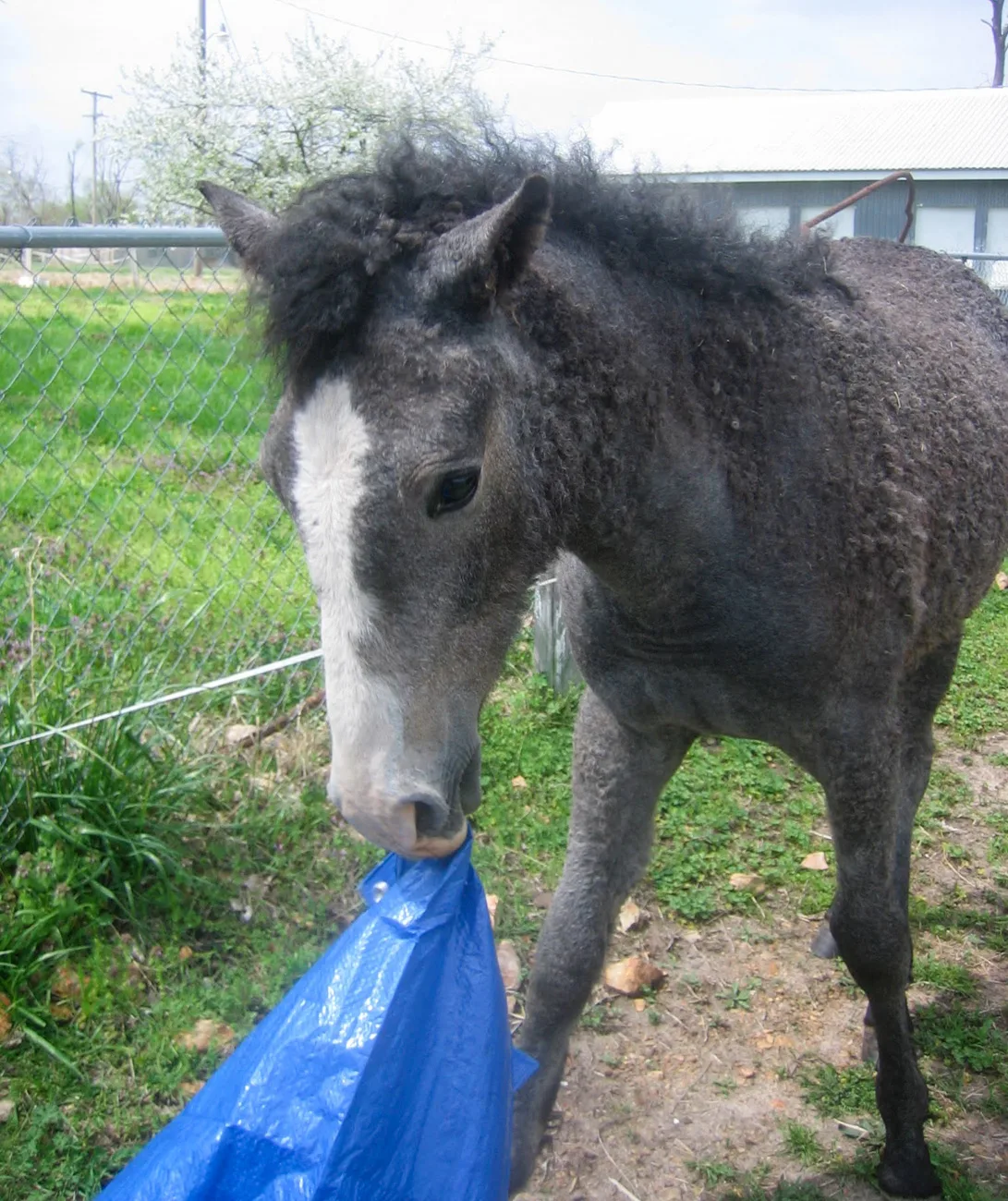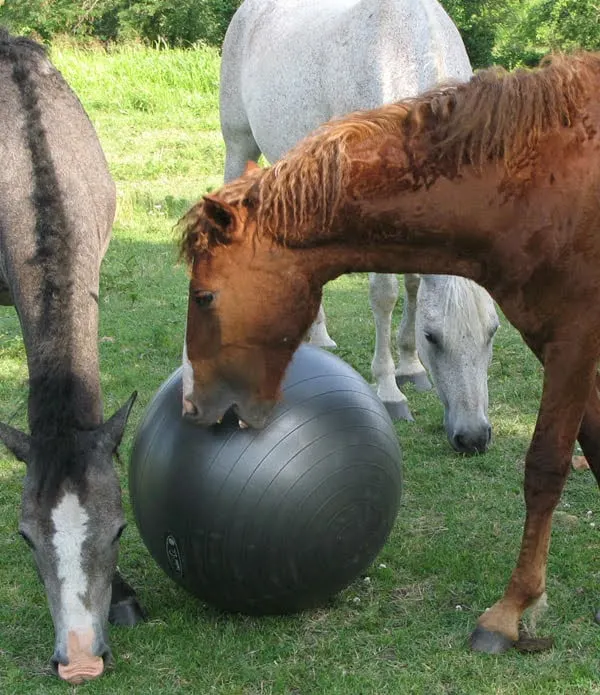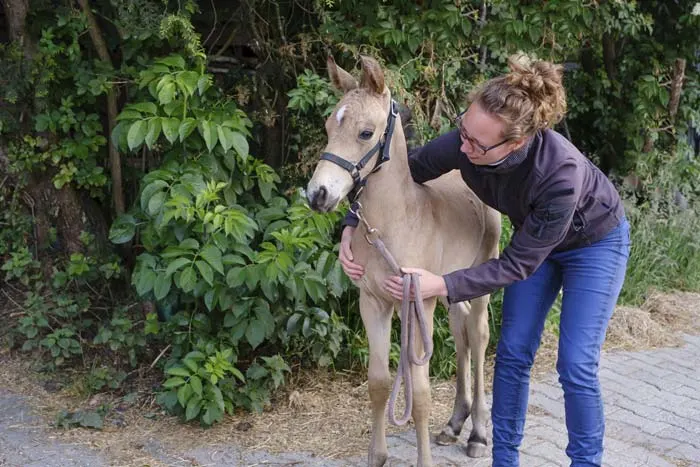If you want to bombproof your horse, you’ll need many training sessions, lots of wet saddle blankets, and a little bit of luck. It’s a process that requires time, effort, and endurance. Most people get a bombproof horse by buying one, training one, or raising their own foal or yearling.
What is a bomb proof horse?
In the horse world, a “bomb proof horse” is a calm, easy to ride horse with low reactivity. Unlike many horses which startle easily, a bomb proof horse gets the nickname by being so chill and unflappable that they could weather an explosion without shying, bolting, or rearing.
What is a Bombproof Horse”
Bombproof is a word you’ll see often in sale ads for horses and ponies sold to new horse owners buying their first horse.
There are a variety of factors that can make a horse “bombproof.” Commonly, people who use this term mean that the horse has:
- a calm temperament,
- a nearly-unflappable demeanor
- a willingness to please,
- is responsive (but not too responsive) to a rider’s cues
- and a good work ethic.
A bombproof horse is the opposite of a hot horse. In addition, a bombproof horse is often one that is not easily spooked or startled.
When some people use the term bombproof, this difficult-to-startle quality is the primary trait they are referring to.1
No horse or pony is 100% bombproof, horses with these qualities are often considered to be the closest thing to it.
We all want a bombproof horse, but we don’t all have the energy to achieve this. Here’s what it takes:
Buying, Training, or Raising a Bombproof Horse
There are many reasons why people might want to buy a bombproof horse. Maybe they teach riding lessons for young children, or they want a horse that can be ridden in parades or other events where there might be loud noises.
- 💲 Buying a Bombproof Horse – Whatever the reason, a bombproof horse can be a great investment. There are a few things to consider you acquire a bombproof horse. The first is whether you want to buy an adult horse or a baby horse. Adult horses are typically more expensive, but they are also fully trained and ready to go.
- ⌚ Training a horse to be Bombproof – People who start with a horse that isn’t bombproof should consider if they want to train their own bombproof horse or have someone else do it for them. Training a horse can be time-consuming and difficult, but hiring a good professional trainer to train a horse to be bombproof can be very expensive. If you are not experienced in training horses, this is a job for a professional horse trainer.
- 🍼🐴 Raising a baby horse – Raisng a horse can be a good option if you want a horse that is less expensive and you are willing to put in the time to train it. Young horses are less expensive, but they will need to be trained before they can be ridden. Additionally, not every horse has a personality that can become bombproof. Foals are very cute and can be a lot of fun to raise. However, they will need a lot of attention and care. If you are not prepared to put in the time and effort required to raise a weanling or yearling, it might be best to buy an adult horse.


Raising a young horse allows to you set the foundations of a bombproof horse: safety. In the photos above, yearlings interact with a blue tarp and a yoga ball. By letting horses set their own pace and engage their curiosity, we avoid the trauma of many fear-inducing “desensitization” training methods.
Steps to Training a Bombproof Horse
Gaining Your Horse’s Trust
1️⃣ Step one is to gain your horse’s trust. If you don’t get to achieve this, your horse will not see you as an authority. A relationship centered on love and respect will see you through the hard times. You can’t anticipate every situation, that’s why your relationship is important.
How will you know if your horse sees you as its leader? Observe signs of disrespect. Examples of these are rubbing its head on you, walking past you, entering your space without invitation, and refusing to load into a trailer when you try to load them (while obediently loading for another rider or trainer).

Consistency Is Key
When it comes to teaching your horse to do anything, you always have to be consistent.
You shouldn’t let your horse rub its head on you – not even once in a while! If your horse is able to do that sometimes, it won’t be fair to punish him at other times. You have to decide whether it’s okay or not and maintain that boundary.
The same rule applies for pushing you. Nudging shouldn’t be tolerated, it’s just a softer form of pushing. It shouldn’t be okay one moment and not okay the next. If you want your horse’s respect, you’ll need to be absolutely consistent.
When your horse starts to treat you like a subordinate, you need to restore your boundaries.
What is the proper response when your horse starts to pass you while you’re leading? You need to tell your horse to back up. Your horse should back away easily with a lowered head. This is a sign of respecting authority.
Establish Your Leadership
🗣️🐴 You also need to train your horse that when you’re facing him, he shouldn’t step or move any of his body parts in your direction. When he’s invading your personal space, you have to make him move back.
If you can make your horse move his feet, it means you’re in charge.
You can invite your horse to come up to you by turning away and allow him to join you.
Those are the fundamental guidelines for earning the respect of your horse, and respect is the first step to training a bombproof horse. If your horse learns these at home without any stress, then you have something to base on when you want to work on bombproofing your horse in other circumstances.
Calming Cues
It would be ideal to teach your horse a calming cue. You’ll know when your horse is excited if his head is raised and tense. A calm horse has a lowered and relaxed neck.
To teach him to lower his head and get his focus on you with a calm body, you need to hold your rope in a soft grip below the area where it connects to his halter.
Let your arm give him the “lower your head” signal. You can also hand your horse a treat when he starts to relax his neck and lower his head. You need to do this exercise every time he shows signs that he’s nervous or distracted.
Moving from Foundations to Unflappable Temperament
Most horse owners aim to bombproof their horse as much as they can, but don’t end up establishing basic respect or putting the time in to desensitize their horse to many different stimuli. Once you have a trusting relationship with your horse, you can move on to exploding them to many experiences, honing their training, and getting them used to anything that might come their way. Through time and practice, many horses can reach the unflappable, safe, and confident descriptor of “bomb proof”.
I would love to hear about your stories on bombproofing your horse. More tips? Drop a line below.
- Bornmann, T., Randle, H., & Williams. (2021). Investigating Equestrians’ Perceptions of Horse Happiness: An Exploratory Study. Journal of Equine Veterinary Science, 104, 103697. [↩]
